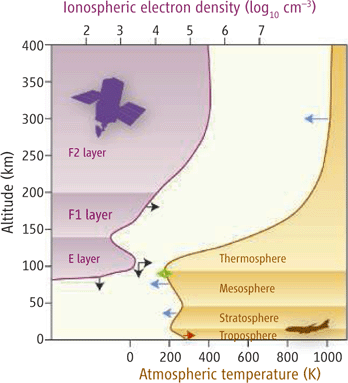Guest commentary from Georg Hoffmann
Our understanding of the natural carbon cycle has greatly improved since the times of Svante Arrhenius (1859-1927) and Guy Stewart Callendar (1898-1964). We know what the atmospheric background value of CO2 currently is (it passed 380ppm last year, about 100ppm over the pre-industrial level), we know the seasonal/diurnal cycle in different environments, we have been able to put reasonable constraints on terrestrial and marine sources and sinks, and finally we know the impact of fuel combustion both globally and locally in heavily polluted areas.
[Read more…] about Beck to the future
